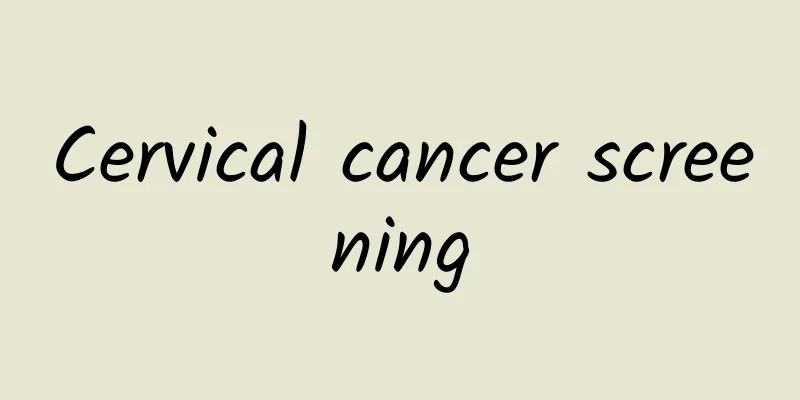How to effectively treat typhoid fever

|
Typhoid fever is relatively common in clinical practice. This disease is an acute intestinal infectious disease caused by Salmonella typhi. Patients may experience symptoms such as persistent high fever. As for the treatment of typhoid fever, it is generally based on drug treatment, and antibacterial drugs are mainly chosen to treat typhoid fever. 1. General treatment and symptomatic treatment For patients with severe sepsis, hormones can be used in conjunction with sufficient and effective antibacterial treatment. Commonly used hydrocortisone 25-50 mg or dexamethasone 1-2 mg is slowly dripped intravenously once a day; or oral prednisone 5 mg is taken 3-4 times a day, and the course of treatment should not exceed 3 days. If typhoid fever is combined with schistosomiasis, especially acute schistosomiasis, it is generally advisable to first use cortical hormones in combination with the treatment of the typhoid pathogen. Only after the body temperature is controlled and the general condition has improved significantly, oral praziquantel should be given to treat schistosomiasis. For patients with toxemia and significant bloating or diarrhea, the use of hormones should be cautious to avoid intestinal bleeding and intestinal perforation. 2. Choice of antimicrobial drugs for patients with typhoid fever 1. Fluoroquinolones are the first choice 2. Cephalosporins Second and third generation cephalosporins have strong antibacterial activity against Salmonella typhi in vitro and low toxic and side effects. They are particularly suitable for pregnant women, children, lactating women and typhoid fever caused by chloramphenicol-resistant bacteria. Ceftriaxone is available, dosage: Adults 1g, once every 12 hours, children 100mg/kg per day, treatment course: 14 days. Ceftriaxone, dose: 1 to 2 g every 8 to 12 hours for adults, 100 to 150 mg per day for children /kg, treatment course: 14 days. 3. Chloramphenicol dosage: 25 mg/kg per day, divided into 2 to 4 times orally or intravenously. After the body temperature returns to normal, the dose is halved. Treatment course: two weeks. Treatment of carriers 1. Ampicillin (or amoxicillin) Dosage: Adults: ampicillin 4-6g/day or amoxicillin 6g/day plus probenecid 2g/day, taken orally in 3-4 doses. Course of treatment: 6 weeks. 2. Ofloxacin or ciprofloxacin dosage: Ofloxacin 300 mg twice a day, ciprofloxacin 500-750 mg, orally twice a day, course of treatment: 6 weeks. Treatment of complications Intestinal perforation Except for those with localized disease, patients with intestinal perforation accompanied by peritonitis should undergo early surgical treatment and use sufficient effective antibiotics, such as chloramphenicol or ampicillin combined with gentamicin or kanamycin, to control peritonitis. |
<<: What are the treatments for scleroderma?
>>: What causes scleroderma? It may be caused by abnormal blood vessels!
Recommend
Nine signs of excessive toxins, it will be too late if you don’t deal with them
An unhealthy lifestyle causes disorders in the bo...
Will fallopian tube obstruction affect ovulation? You need to know these to have a good pregnancy!
Only normal ovulation can lead to normal pregnanc...
Bifidobacterium quadruple live bacteria tablets
With the rapid development of society and the sig...
Does bad tongue and bad breath matter?
There are many reasons for bad breath. For exampl...
How to treat facial depression
In this age of appearance justice, face is someth...
The dangers of moderate anemia in children
Anemia is a very serious disease. The chance of o...
Can massage cure nephrotic syndrome?
Nephrotic syndrome is a relatively serious kidney...
The difference between depression and menopause
Depression and menopause have completely differen...
What to eat with oatmeal for breakfast
Breakfast is one of the important meals in a pers...
Can children eat American ginseng?
Some children are usually weak and prone to colds...
Traditional Chinese Medicine Treatment for Hemiplegia
Hemiplegia is a relatively common disease. The el...
Rutin efficacy, effects and contraindications
I believe many people have heard of Rutin, but we...
Where is the reflex zone of the cervical spine?
Each part of the human body has a corresponding r...
Are liver cysts serious?
Liver cyst is mainly a common benign liver diseas...
What to do if your toenails become festering and inflamed
If the toenail is festering and inflamed, it depe...









